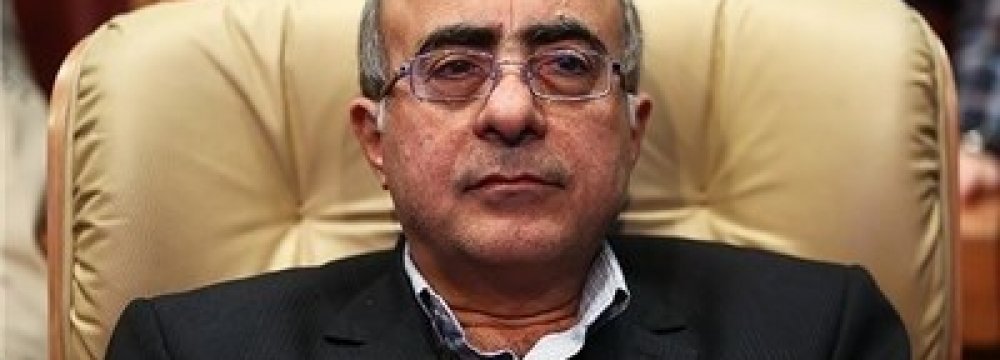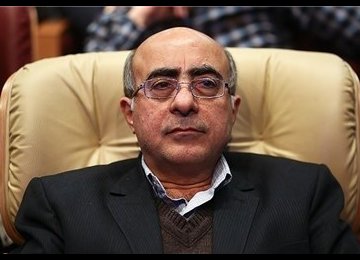The rial fell 5% against the Central Bank of Iran’s basket of currencies during the fiscal year ending March 2015, showing that the rial’s value has relatively stabilized, said the deputy governor of the central bank, Akbar Komijani, on Sunday.
Komijani, who was speaking at a conference dealing with the role of public relations in banking in Tehran, said the rial’s depreciation rate had even hit 40% in the past.
“But the foreign exchange market has stabilized during the past 18 months, when compared with the prior 18 months, when Iran went through stagflation and currency devaluation.”
When questioned why the rial fell after the conclusion of the nuclear deal between Iran and the six world powers, Komijani said: “There was an expectation that after the deal there would be an oversupply of foreign exchange, and that the central bank would change its policies to boost imports, but it was later announced that the resources made available to the central bank are not supposed to be used for the import of consumer goods.”
The central bank will use its released overseas assets to support manufacturing and industrial investment with the goal of creating growth in the real economy, said Komijani.
Over $100 billion of the central bank’s assets have been frozen in foreign accounts as a result of sanctions imposed to hinder Iran’s nuclear energy program.
Their release as a result of the July 14 agreement between Iran and the six— the United States, Britain, France, Russia, China and Germany—will boost the central bank’s depleted bargaining power in the foreign exchange market.
According to the accord, Iran will mothball parts of its nuclear infrastructure and adhere to a stringent inspection program in exchange for the removal of sanctions imposed by the United Nations, European Union and United States.





